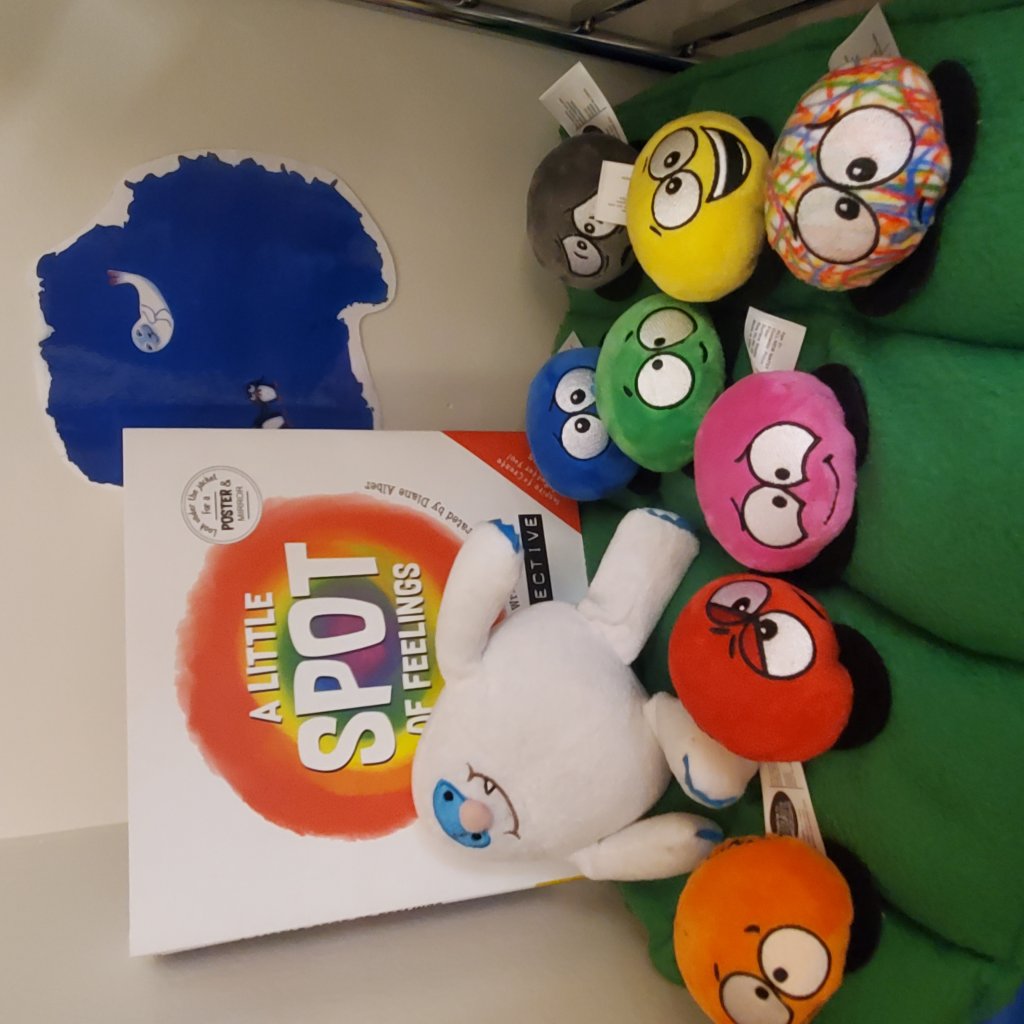Using Sensory Experiences to Support Elementary Students
Offering a sensory room, and sensory bins in classrooms, to all students can be a great way to support social and emotional learning.
Your content has been saved!
Go to My Saved Content.Sensory spaces are impactful tools that can be used to help students learn how to recognize, understand, and regulate their feelings at school. With intentional planning, sensory spaces can be used to help support students’ social and emotional learning (SEL) needs on all levels of a Multitiered System of Support and Response to Intervention (MTSS/RTI). Some of the most impactful ways to support students are with sensory bins (supporting all Tiers 1–3), sensory spaces in the classroom (supporting all Tiers 1–3), and sensory spaces located outside of the classroom (supporting primarily Tier 2, Tier 3, and special education).
How to Get Started With Sensory Bins
To provide the necessary materials, our school used Elementary and Secondary School Emergency Relief (ESSER) funds. The counseling department decided to first give all teachers and paraprofessionals access to one sensory bin. This included classroom teachers, special area teachers, and paraprofessionals—essentially anyone at the school who would have any academic contact with students.
We made the bins clear so that students could see what was in them, and we also had larger bins to allow for more items to be stored according to individual class needs. The bins contained five to 10 items each. They can include visual sensory options, fidgets, and kinesthetic options to start.
First, one of the most important things to put in a sensory bin is a timer, which allows students to know how long they can use the bin. A good range is from five to 10 minutes. Sand timers are an effective silent timer option for the bins.
All students have access to the sensory bins, and each class determines when they can be used throughout the day, considering conflicts such as lunch or transition times. When they are in in use, the student gets the bin (usually one bin in each class) and either uses it in a designated sensory space or brings it to their table if no space is available. They then turn over the timer and utilize the sensory options until the timer runs out.
Our counseling department gives suggestions on items for teachers to add to the bin as student needs are identified. Some other additions to the bins might include drawing and journaling tools or stuffed animals.
Provide Different Options for Sensory Bins
Another way to support students is to have sensory spaces within the classroom. With ESSER funds, we gave all child development pre-K through fifth-grade homeroom teachers four sensory space options to choose from for their classrooms. This was in addition to the sensory bin they already have. Each space had to have the following: seating options and sensory regulation tools.
Option 1: Four-pack of fidgets, Thought-Spot I Know What to Do When I’m Feeling book, portable sound machine, and a large bean bag chair.

Option 2: Textured beanbag squares, cat squishy toy, liquid motion spiral timer, A Little Spot of Feelings eight plush toys and book set, and play castle tent.
Option 3: Robot sensory fidgets, putty tins, colored pencils, coloring book, giant popper, and a medium teepee tent.
Option 4: Aroma putty and one giant tent (teachers who already had many sensory tools selected this option).
Sensory Spaces Support Students’ Social and Emotional Goals
We (school counselors) support students in this space on all levels on MTSS/RTI. All students have access to it, but we create SEL goals for students whom we see individually or in small groups.
Part of the goal of intervention is for students to use the classroom sensory space to calm down a certain number of times per day/per week. We analyze four to six weeks’ worth of data on the SEL goals l of Tier 2 or Tier 3 students, collected by teachers, to further address MTSS/RTI needs. Depending on the outcomes of the use of the sensory space interventions, students may move up or down on the MTSS/RTI tiers.
Some of the goals may include body regulation, managing anger, sharing feelings, being nice to others, or personal space. The process of analysis and assessment helps us to be more purposeful in supporting students’ SEL needs.
The use of the sensory space in the classroom is fluid. Some students rarely or never need to go, while others visit daily or weekly for extended periods of time, which may include the entire school year for a handful of Tier 3 and/or special education students. It’s also helpful to cycle out the items in the sensory space a few times throughout the year to create different sensory experiences for students as their SEL needs evolve.
Coordinate Sensory Spaces Outside of the Classroom
Another way to support students’ SEL needs is to create sensory spaces outside of the classroom. In addition to the sensory bins provided in classrooms, our school has created a sensory wall for primary students. The sensory wall is an interactive ocean wall that was created with funds from a local grant. We then worked with a local woodworking company to create the space.
We use the sensory wall to help some of our Tier 2 students work on cooperation and self-control by bringing up to four students at a time to the wall. Before they access the wall, we discuss the goals they’re working on. This includes meeting with the student and the teacher so that we are all on the same page.
The counselor sets a timer for 20 minutes, closes the curtain, and sits near the wall while the students interact with each other. After the 20-minute period is over, we have another discussion about how things are going in regard to their goals.
Individual students use the wall in a similar way. Just like with the sensory room, students who participate in this space on a regular basis are working on a social and emotional goal or have an individualized education program. Students’ needs are ever evolving, and in order to support their SEL goals, we’re currently in the process of creating a very small sensory room for our Tier 2 and 3 students (with ESSER funds).
In addition to our sensory wall, the small sensory room will provide a space for the students to self-regulate. While the wall is more sensory seeking, the room will function as more of a creative expression space. It will have a swing, a noise machine, an art cart with art items and sensory items, and a small desk. Students will use this room independently as a way to quietly reflect on their feelings, create, and self-regulate.
